Well, you knew it was coming, but now it is here. With Linda Blackford’s Herald Leader article today on the Julietta Market, “Infectious with diversity,” we have reached peak NoLi. There will be more, of course—the NoLi corner still boasts a low-rent auto sales shop for our germ-carrying overlords to run off and diversify—but for sheer Fayette Urban Countian audacity, it will be difficult to beat our Bell Court journalist’s Spring 2021 entry, “Infectious with diversity.”
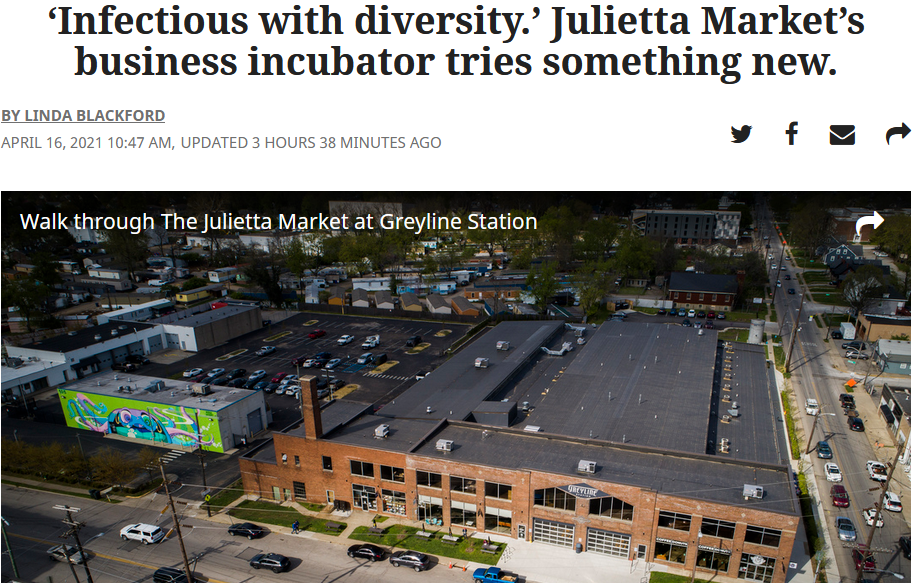
Blackford, who has really taken to the Tom Eblen role as enlightened progressive at the Lexington Herald Leader, takes as her focus the Julietta Market, a collection of stalls run by the NoLi Community Development Corporation that sit inside the much larger Chad Needham-owned Greyline Station development on the corner of North Limestone and Loudon. The article identifies Julietta as a market whose “birth occurs in an uneasy moment of pandemic, a new age of civil rights activism and the contentious gentrification of Lexington’s North Side.”
But Linda is the new Tom, so you don’t really have to worry anything at all about the Julietta Market’s relationship to the pandemic or any new age civil rights activism—Blackford certainly doesn’t pay it any mind in her article. Her real focus is restated a paragraph later: “In a city where gentrification mostly created spaces for white people in the traditionally Black neighborhoods of north Lexington, the market is attempting to create space for people of color as entrepreneurs and customers, too.” (After all, what could be more anti-racist than having working class black residents have their rent payments support not one, but two white landlords!)
How do we know that this valorous goal is what Julietta Market is doing? Pretty much because Andrea James, the black District 1 Council Member from 2007-10 who never uttered a word about gentrification while in office (nor as head of an East End Area citizen review from 2012-13), now tells Linda that, in her estimation, Julietta is more diverse than the Fayette Mall. (Cha-Ching!)
And also because former UK basketball player Ramel Bradley, also black and also not on record about northside gentrification, a man whose previous Lexington experience came from 2004-08 when he lived on campus with other highly sequestered elite UK basketball players, felt like he’d never seen diversity in Lexington like he had at Julietta. (Swish!)
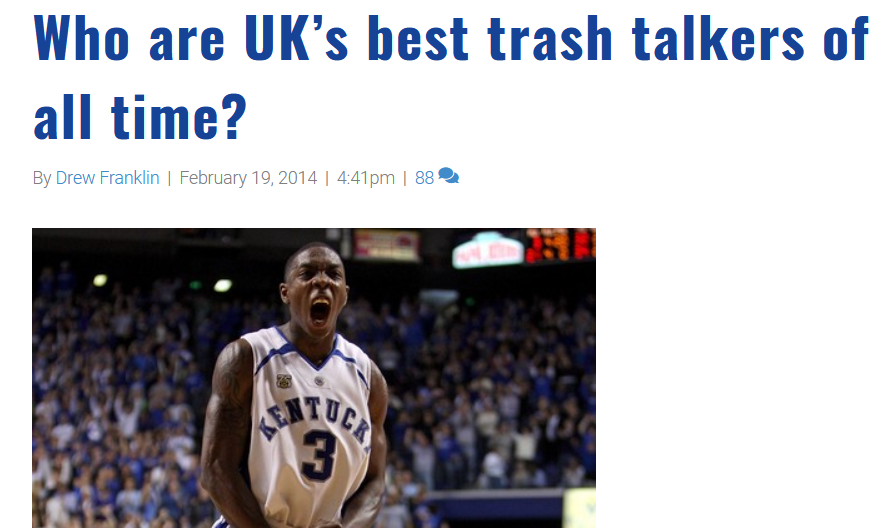
(In a stroke of Herald Leader coincidence, the former UK basketball player happened to be at Julietta for a shave in the rented booth of James’ husband, Rodney, whose other barber shop held a lease connected to Griffin Van Meter, the landlord-creator of the NoLi CDC. Rodney is by now a normal feature of NoLi CDC race-narratives, going back to 2013. (Slam dunk!))
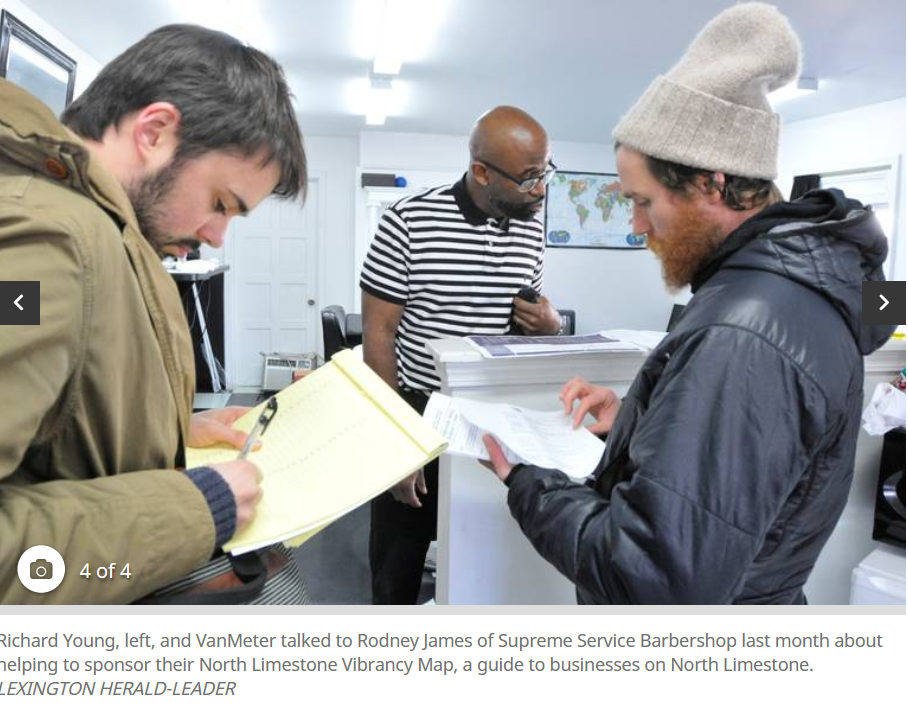
We know Julietta is fighting gentrification because Greyline Station tenant Ashley Smith of the nonprofit Black Soil, also black but formerly employed by the lilly white pro-horse-farm (and rabidly pro-PDR) organization Fayette Alliance, observed that minority communities are often shut out of Lexington business development. Need we state that Smith has no record of an interest in northside gentrification? By now, probably not–but she and her non-profit are currently partnering with that long-time minority-friendly organization known as Keeneland, so maybe she has a better (even if hidden and silent) insight into the minds of rapaciously wealthy, multi-colored and internationally cosmopolitan landowners who covet bloodlines.

And finally, we know that Julietta is developing black spaces in the face of gentrification because Julietta Market manager Leannia Haywood, black but working for the white-landlord-founded NoLi CDC (the community poster-child for the sort of landlord-led development we know as gentrification), declared Julietta “a community led project.”
“This is for the people by the people,” Haywood assured Blackford. “We listened to the community, and we heard their complaints, and we wanted to better serve them where they were, to meet a need where they were disadvantaged.” (Haywood was possibly here referring to NoLi’s hiring of Griffin Van Meter-owned Bullhorn Will Marketing to brand-test how impacted neighbors responded to the use of Julietta as a name for the market.)
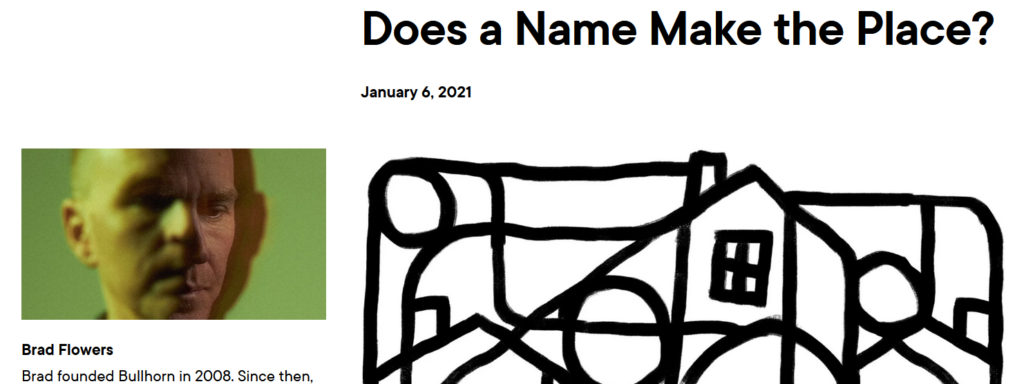
Sorry for the long list. But I hope you see the trick here. Blackford chose to give us monoculture disguised as diversity, which I guess is what an “infectious diversity” actually is. Her article on the Julietta Market as an answer to the “contentious gentrification of Lexington’s northside” only acknowledges those black community members who have partnered with the very same white gentrifying landlords who spent over a decade creating those white gentrified spaces Blackford (finally, in 2021) acknowledges as a problem at the outset of her article. Should we be surprised that each of these interviewed and amplified “diverse” community voices remain stone cold silent about their landlord-employers’ recent history in the neighborhood?
In the meantime, Blackford interviewed not one single person from the community who has actually gone on record about this decade-long “contentious” history of northside gentrification.
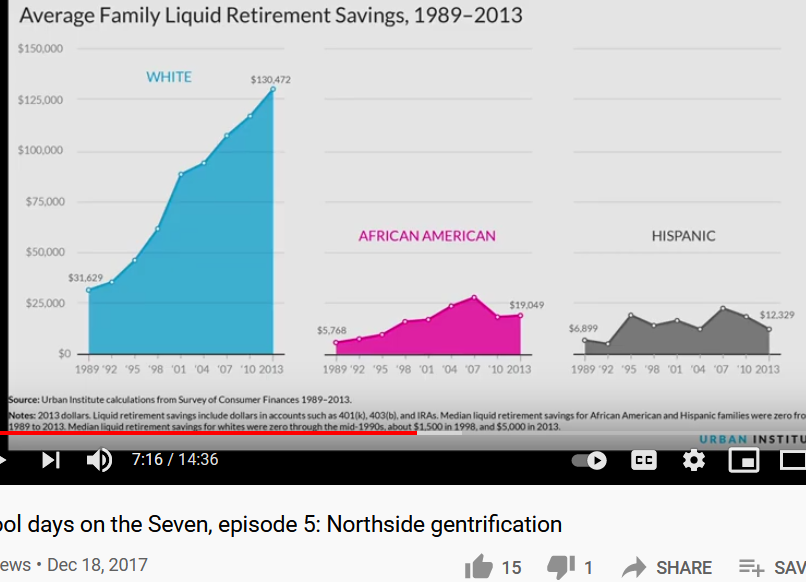
Our voices were instead awkwardly summarized in two sentences and then only addressed by the horse-farm spokesperson Ashley Smith, toward the end of Blackford’s piece: “So I will say to all the opponents and critics — if we’ve not seen you at Julietta Market directly supporting these businesses, then what is it that you propose that we do in Lexington-Fayette for women and minority-owned businesses?”

I say to Ashley Smith (and also to Linda): do you know a fucking thing about what these critics you are citing have said? Are you fucking aware that many of these critics apparently have an imagination and knowledge of Lexington that exceeds the need for Keeneland and Needham partnerships in high-profit, low-income, near-Main Street areas where white wealthy folk have been buying homes?
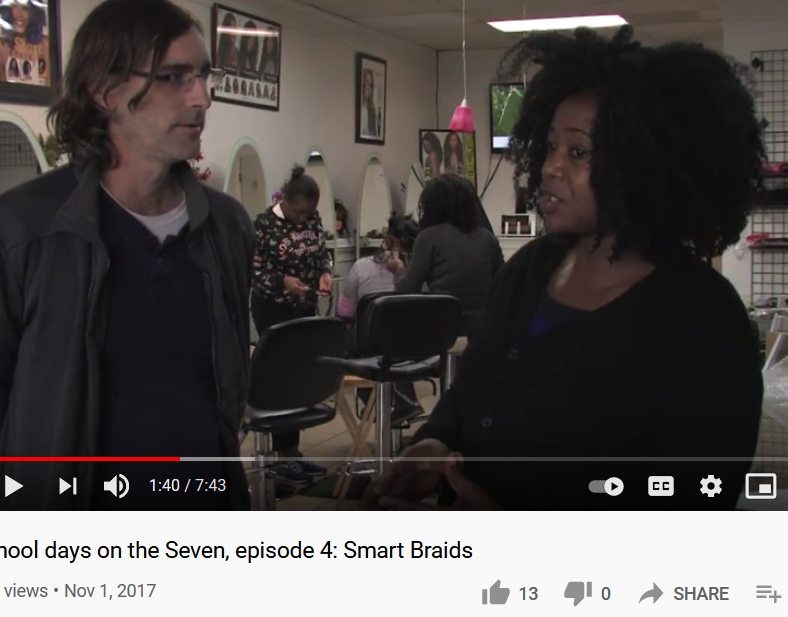
Let’s stipulate (because NoLi likes to whine about these things, and hiding behind their renters has long been a shameless but profitable move for them): I do not wish to negate the work of businesses that are operating in the Julietta Market and Greyline Station. They are businesses, looking to make money for rent or sundries, and you take your chances where your bosses allow.
As an area resident, I will shop—have already shopped—at some of these places. (Additionally, my daughter loves the free ping pong table.) If there is a market for their wares, those businesses will surely survive. NoLi and Needham and the city have a lot invested in ensuring their success—and unlike the many disinvested commercial districts like Anniston and Augusta, the NoLi corridor now has quite a bit of money in circulation after 10 years of work in attracting a newer, wealthier, class of residents.
But let’s be honest here: Julietta is the gentrifier’s gift to the northside. Forget Blackford’s shallow “birth” of a peddler’s mall theme. Just follow the public chain of title.
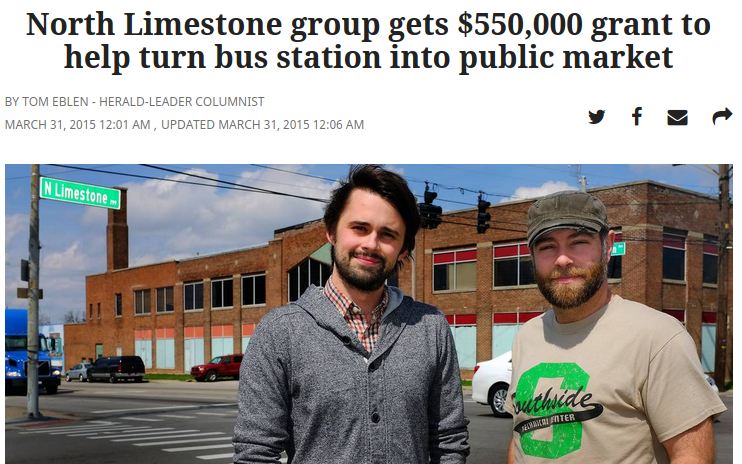
To purchase the land on which this “diverse” market sits, NoLi CDC, a nonprofit “corporation” created by the northside’s most prominent gentrifier Griffin Van Meter, used a $500,000 grant and a supremely helpful local government to partner with the area’s second-most-prominent gentrifier in Chad Needham, that infectious white diversity agent who earlier this week, as a member of the 6-person Lexington Board of Adjustment, voted to deny a permit for a homeless center located blocks from some of his other northside commercial investments.
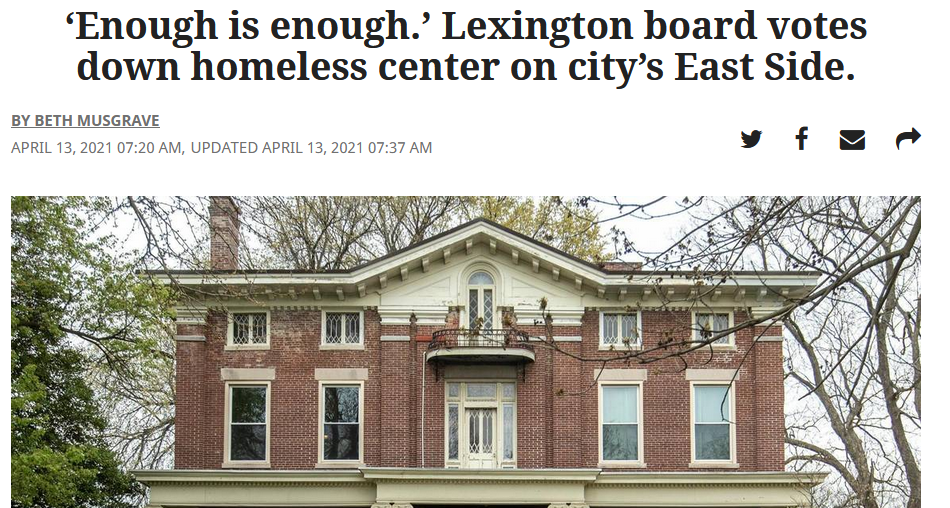
The “infectious diversity” Needham and Noli built at Greyline and Julietta sits… across the street from two more Needham commercial properties and, next to it, an anchor building that was Griffin Van Meter’s first major northside renovation, sold two years ago to the white owners of the Broomwagon Bike and Coffee shop for $400,000. (Before renovating that building, Van Meter first kicked out a female-owned diner that mainly served LexTran workers and low-income diners; diversity agent Chad Needham, meanwhile, pushed out a Pentecostal church.)
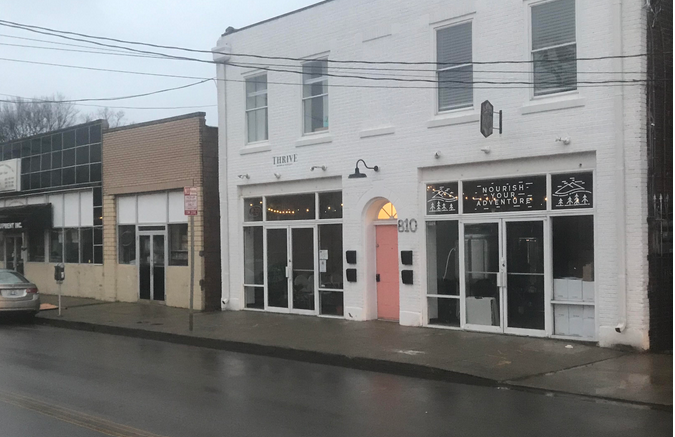
In order to secure the future home of Julietta Market and the Greyline Stations it sits inside, NoLi and Needham forced an actual middle-low income business with a diverse patronage (LexTran) to vacate its Limestone/Loudon headquarters. The move forced the already underfunded city bus service to come up with more money to construct a new LexTran building a mere two blocks away—across Broadway and towards the ‘low rent’ areas not desired by property-buying landlords like Van Meter and Needham. (Van Meter and another area gentrification lord, Marty Clifford, led the charge to have LexTran removed from the neighborhood.)
That Blackford doesn’t address any of this in her birth of a peddler’s mall fantasy means that she’s either great at landlord propaganda like her sources apparently are, or a really, really, really terrible local journalist.
[This article was updated on Sunday, April 18.]

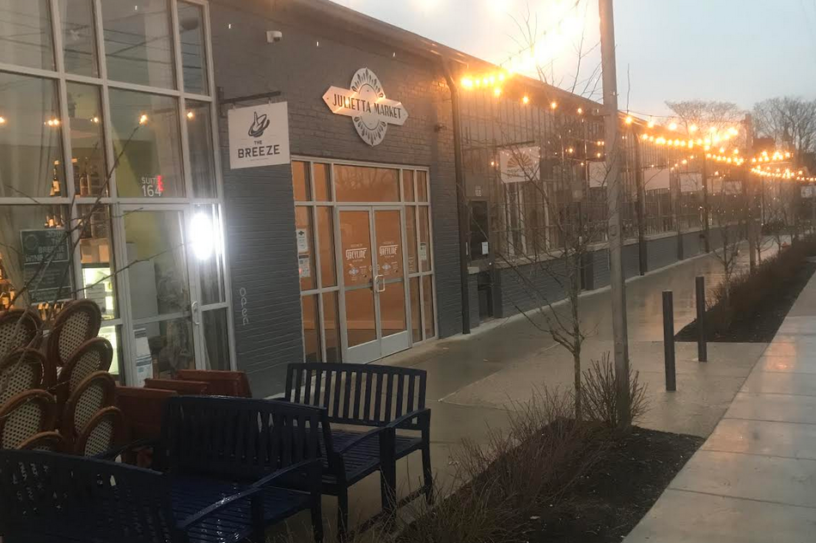



Billie C Mallory
Not sure what “diversity” is all the rage–have you seen the prices? Not a thing there that most nearby residents could possibly afford–not even a beer or simple burger for customers and the rental rates for the pop up stalls are hardly affordable or reasonable for a beginning business or aspiring entrepreneur. #onlyforelitest
Michael Benton
Excellent mapping and teasing out of the threads of this web of relations/interests!
Shelly Hancock
Danny, I thank you for this well-researched piece. Having just read the Blackford piece, I needed this honest perspective. So do our city officials.
Danny Mayer
Many thanks Shelly. Here’s a link to our city’s council members, in case you or any other readers would like to forward this article to them. My personal experience has been that my decade or so of work has been devalued and ignored in favor of the views of the people referenced in the above article.
https://www.lexingtonky.gov/browse/government/council
If you send them the above piece, a good complementary article is “Anniston and Augusta.”
https://noclexington.com/anniston-and-augusta/